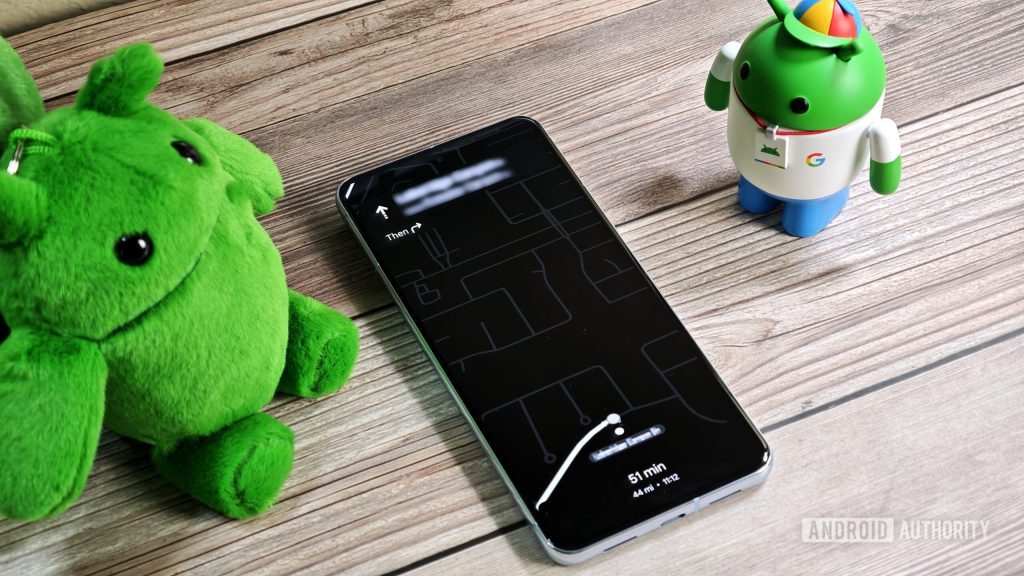New “Min Mode” for Always-On Display in Android 17
TL;DR
- Google is introducing a new “Min Mode” feature for Always-On Display (AOD), enabling apps to show minimal interfaces.
- This aims to enhance glanceable experiences, with Google Maps likely being among the first apps to utilize it for energy-efficient navigation.
- The feature operates using the ultra-low-power state of the AOD to conserve battery and is expected to be launched as a developer API in Android 17.
Background on Always-On Display
Many Android devices come equipped with an always-on display (AOD) feature. As the name suggests, this feature keeps the phone’s screen visible continuously, allowing users to quickly check the time and notifications. However, it does consume additional battery life. Android’s new Live Updates feature enhances AOD by showing more detailed notifications while still requiring users to unlock their phones for full details. To improve this experience, Google is reportedly developing a major upgrade to the AOD in the upcoming Android 17, aiming to fully integrate app functionalities.
Overview of Min Mode
References to a new feature called “Min Mode” for Android have recently surfaced in the SystemUI package, which handles the user interface elements not related to specific apps. Min Mode is being integrated into the AOD code, allowing Android applications to continuously exhibit tailored, minimal interfaces. Although Google has yet to officially announce this feature, insights from the latest SystemUI version suggest its capabilities.
Functionality and Compatibility
Min Mode will not replace the existing AOD but rather provide an alternate version. It operates using the same low-power display settings as regular AOD, with restrictions on brightness and color display. However, this mode will present a full-screen application rather than the usual clock and notifications. The transition to Min Mode will occur when an application requests it as the screen dims.
Interaction with Applications
It appears that Min Mode is designed to interact directly with applications. When the screen goes dark, it checks which app was active and what component should be displayed. Applications can register a “MinModeActivity” in their Manifest file to communicate with the SystemUI. This allows the system to showcase the specified component on the AOD while also implementing pixel shifts every 60 seconds to prevent screen burn-in.
Use Cases for Min Mode
The primary purpose of Min Mode is to enable persistent live activities on Android. Apps can display AOD-optimized activities during idle time, leading to more informative and engaging experiences without compromising battery life. This is particularly beneficial for activities like Google Maps navigation, which typically consumes significant battery due to constant location and data usage.
Conclusion and Future Expectations
Google Maps is expected to be an initial adopter of the Min Mode feature, focusing on a minimalist power-saving interface designed for navigation. While the feature is currently disabled at the system level, it is anticipated to be made available with the release of Android 17 next year. This will likely introduce new developer APIs, opening up the functionality for other applications as well. Stay tuned for updates on Min Mode and Google Maps’ power-saving features!



